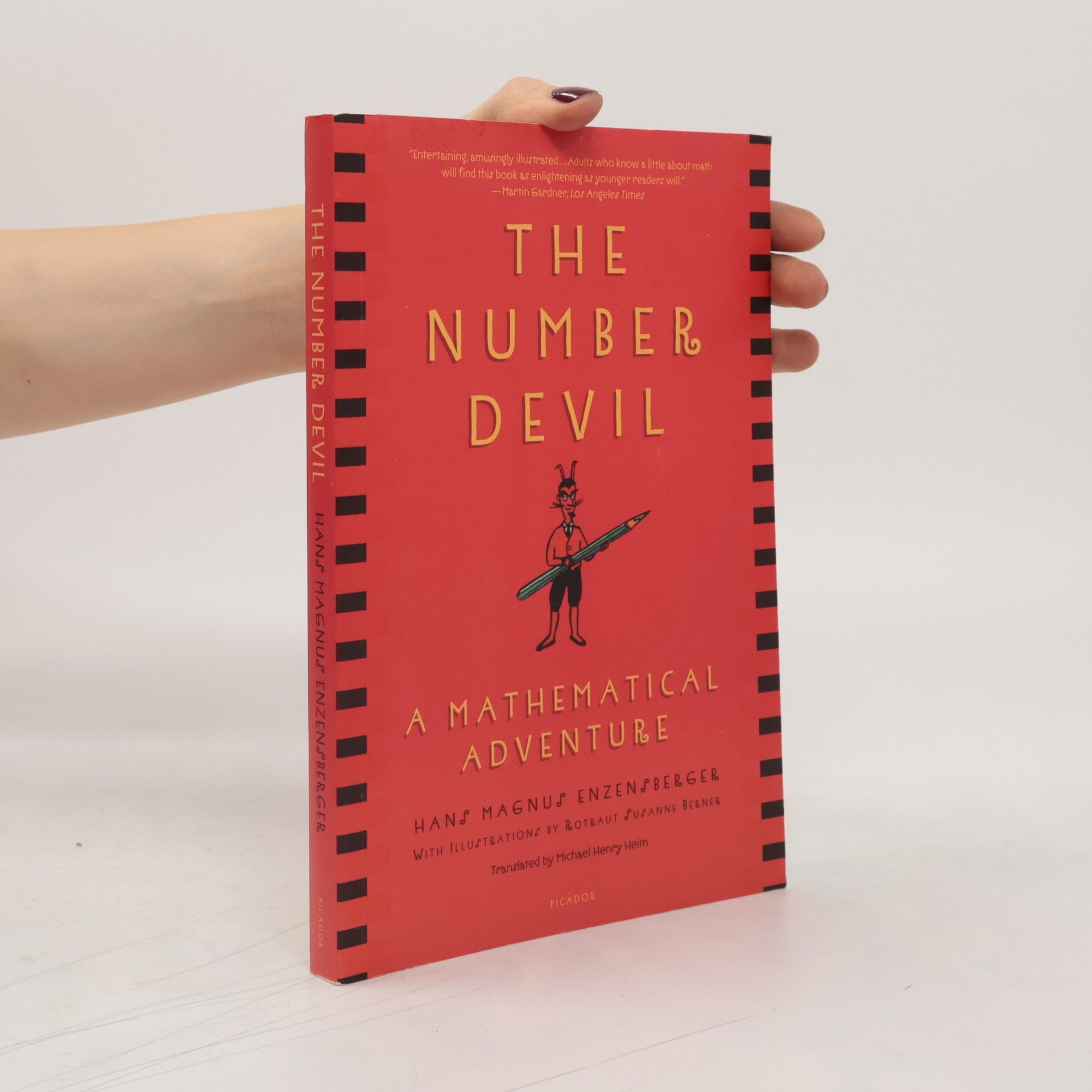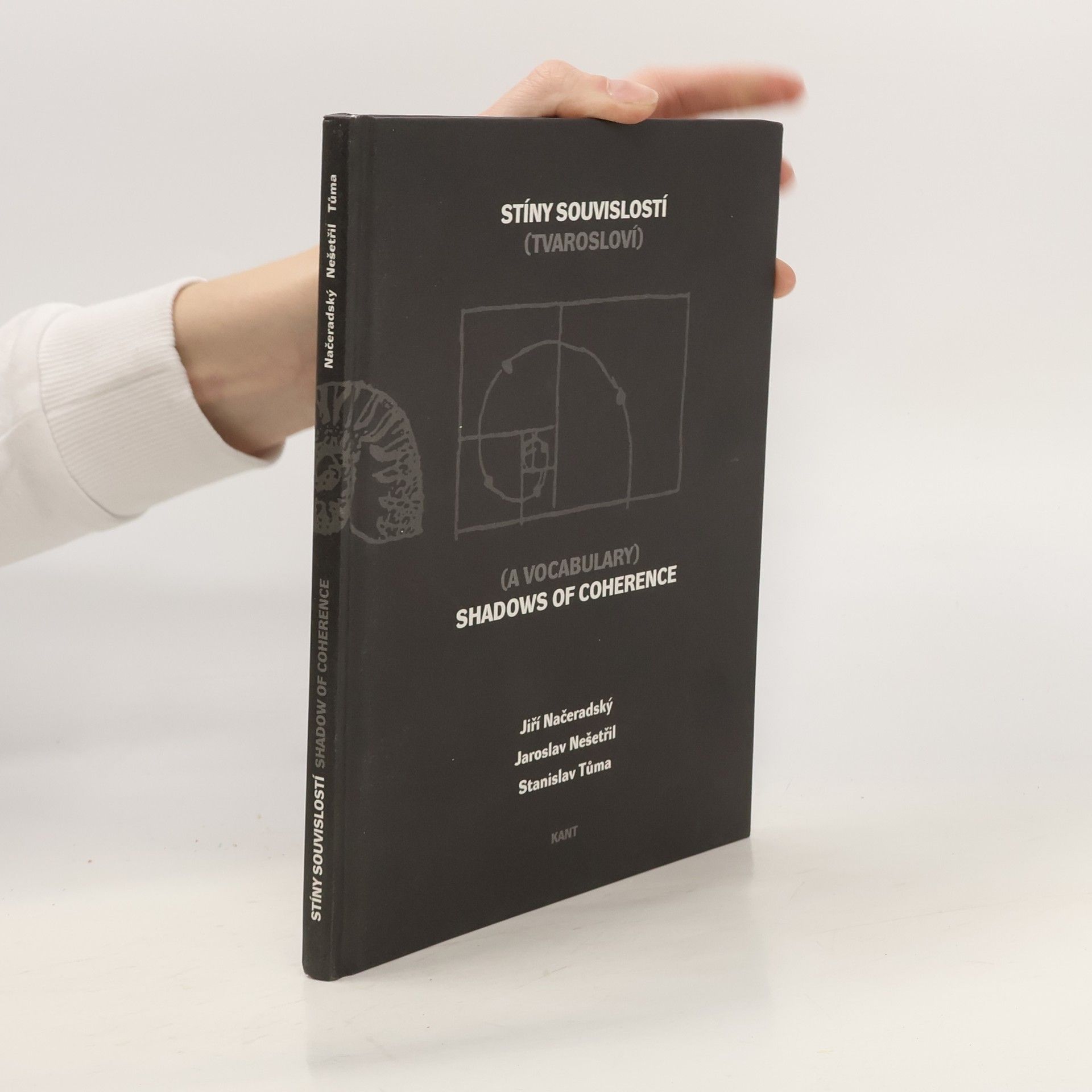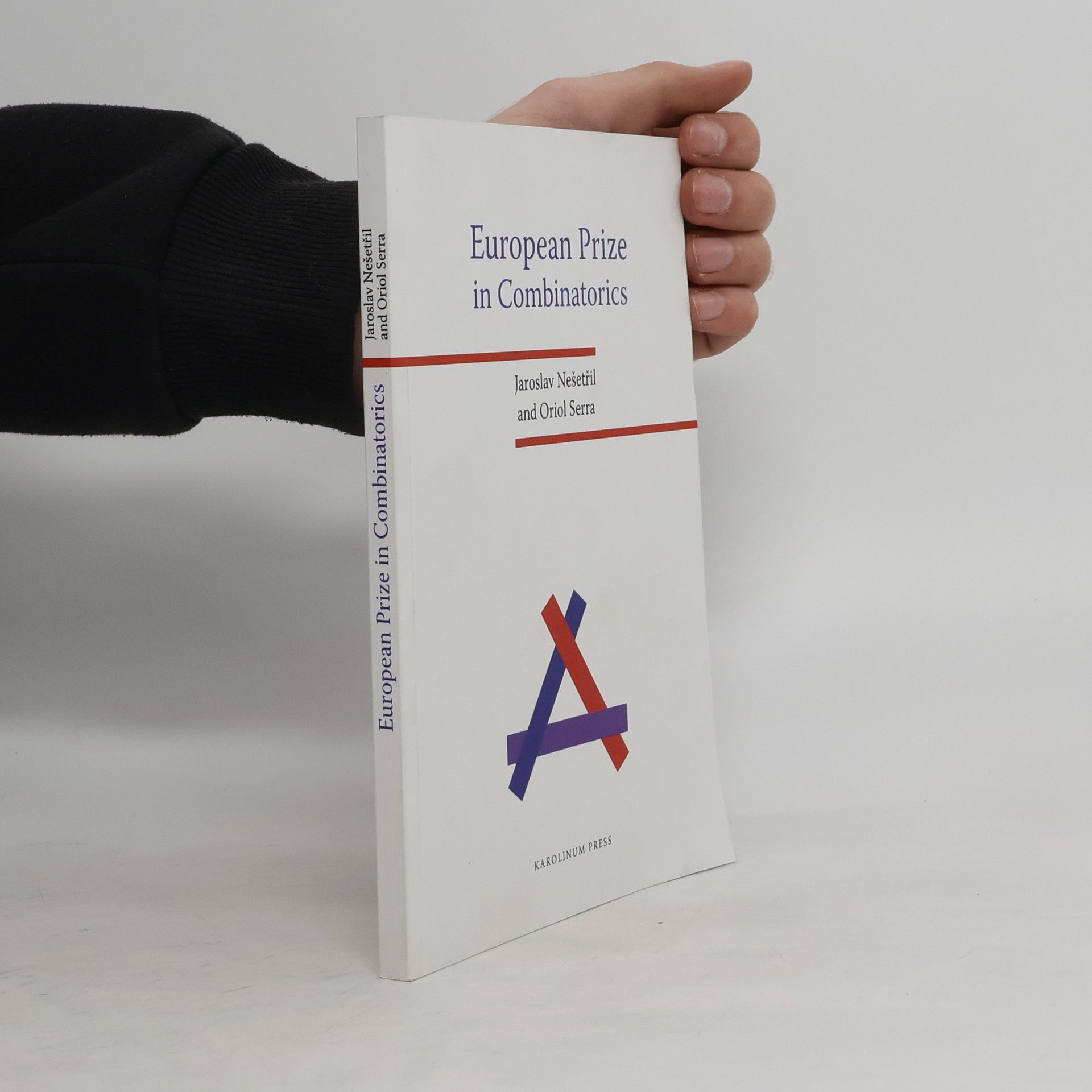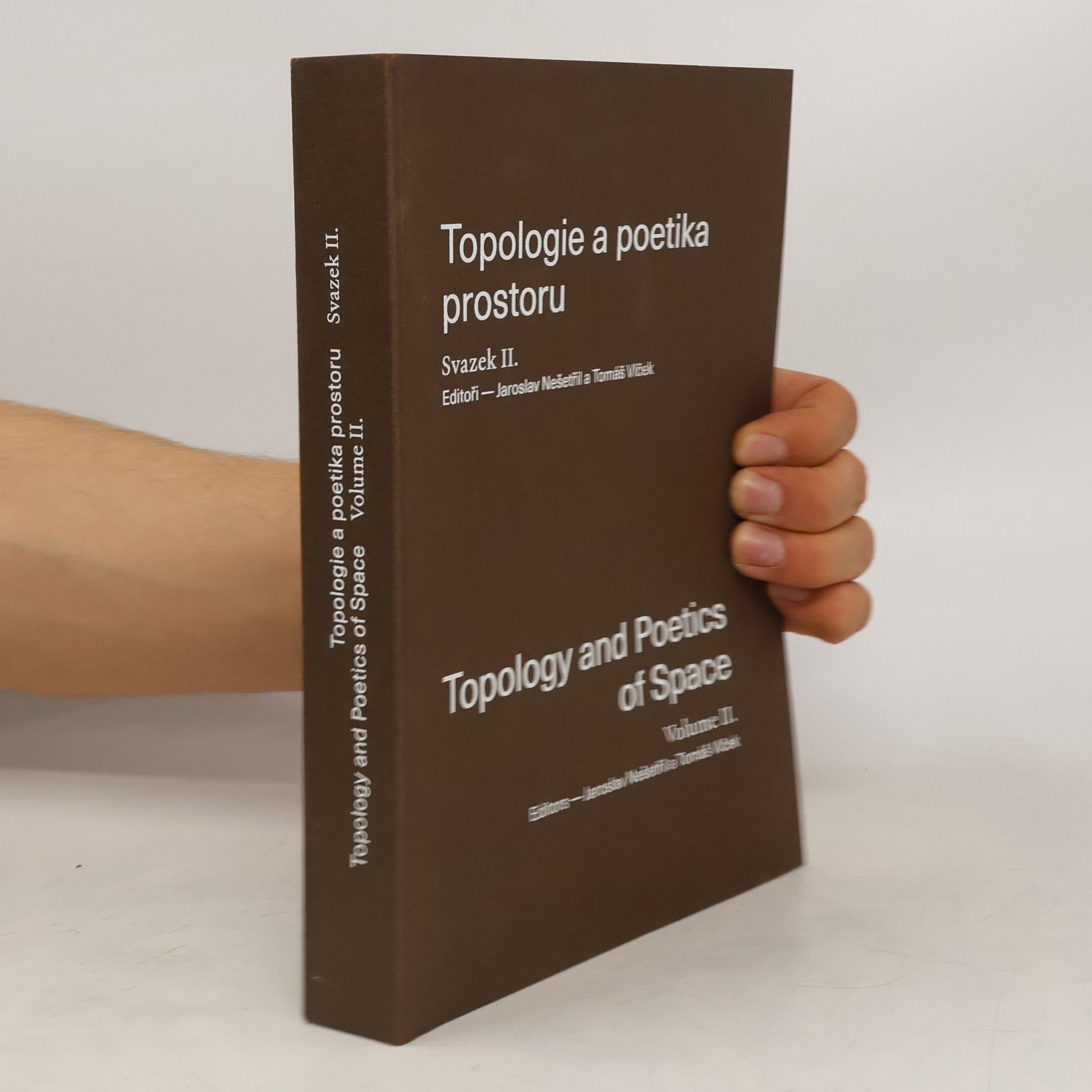Jaroslav Nešetřil Book order







- 2023
- 2021
The Number Devil: A Mathematical Adventure
- 264 pages
- 10 hours of reading
In 12 dreams, Robert, a boy who hates math, encounters a sly, clever number devil who introduces him to the wonders of numbers: infinite numbers, prime numbers, Fibonacci numbers, and numbers that expand without end.
- 2008
Stíny souvislostí
- 63 pages
- 3 hours of reading
Malíř (Načeradský), matematik (Nešetřil) a fotograf (Tůma) předkládají jemné předivo své spolupráce ve tvaru latentním a částečně i dekumentárním.Obrazová publikace, která je i místopisem a výletem do světa představivosti.
- 2006
Jan Pelant in memoriam
- 96 pages
- 4 hours of reading
- 1996
autoři: prof. RNDr. Jiří Matoušek, DrSc. prof. RNDr. Jaroslav Nešetřil, DrSc. Kapitoly z diskrétní matematiky jsou úvodní učebnicí kombinatoriky a teorie grafů určenou zejména posluchačům úvodních přednášek z diskrétní matematiky. Kniha je napsána s cílem podpořit zájem o matematiku a je doprovázena 373 cvičeními různé obtížnosti, z nichž mnoho je opatřeno stručnými návody k řešení. Učebnice předpokládá znalosti na úrovni střední školy.
- 1989
Algebraické metody diskrétní matematiky
- 291 pages
- 11 hours of reading
- 1979
Úvodní monografie, věnovaná teorii grafů a jejím aplikacím. Obsahuje jak klasické, tak moderní partie, přičemž je kladen důraz na nejnovější poznatky a na směry, jimiž se teorie grafů ubírá.

